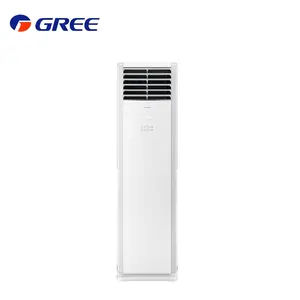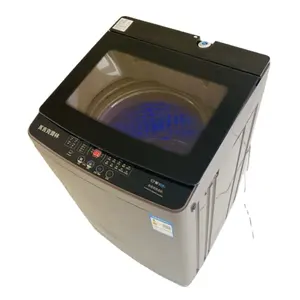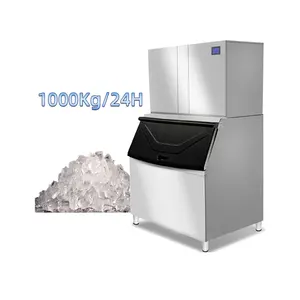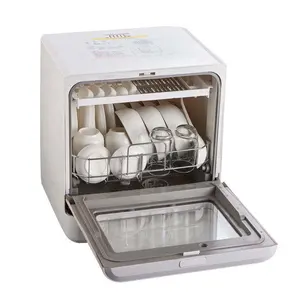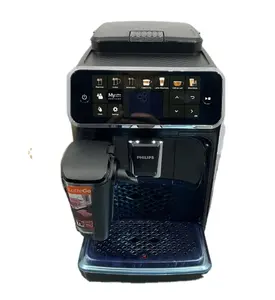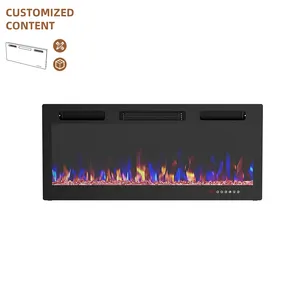Popular in your industry
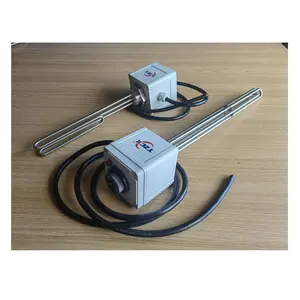


















































































































































Top categories
About utility heater
A utility heater is a device used to heat rooms and enclosed areas. It can be used indoors and outdoors; however, most require a nearby power outlet. Although most utility heaters are electric, some outside ones run on natural gas or propane. They come in different sizes and shapes. When used properly, the small space heater can provide a safe and cost-effective solution to keep spaces warm throughout the cold months. These days, they include safety mechanisms that instantly turn off the gadget if any tipping or water is detected. Utility heaters can be used with a home's current heating system, such as radiators or forced air, or as a stand-alone heating source in areas without a built-in heat source.
Types of utility heaters
There are utility heaters for every room in a house or workplace. An infrared space heater uses an infrared bulb, coil, or tube to warm objects rather than the air and is effective as a supplemental heat source in more significant environments. Some have a blower fan to spread heat in under-heated confined spaces. Ceramic heaters have an internal ceramic heating element that can regulate temperature without wires or coils. This automated system controls the temperature, making it safe and reliable. Ceramic space heater are often more energy-efficient than other versions. A fan-forced utility space heater can use a variety of heating elements, such as a heating coil, infrared bulbs, or multiple heating elements. Instead of convection, all fan-forced heaters circulate warmed air across the room using an internal blower fan.
While this quietens their operation, it efficiently heats more prominent regions. Several electric space heater models employ convection technology to distribute warm air around an area rather than a blower fan. As hot air rises, cool air falls, warms, and grows, forming a circulating stream that heats the room evenly over time. This technique allows convection heaters to operate almost entirely silently, making them suitable for bedrooms and nurseries. A baseboard house heater is installed along the baseboard and hooked to the home's electrical system. Many use on-board thermostats or controls, but they can be connected to a wall thermostat if necessary. These types are ideal for basements, rooms, and corridors without central heating.
Space heater safety tips
Space heaters, while helpful in heating tiny places, can be dangerous. Burns and fires are the most serious concerns associated with utilizing space heaters. To reduce these hazards, follow the manufacturer's directions and the following advice. For a combustion portable heater, only certified fuel—never gasoline. Also, avoid overfilling the heater or filling it when it is hot. Store the gasoline outside to reduce the possibility of starting a fire inside the house. Having vented space heaters professionally evaluated is also critical to verify that the venting is functioning efficiently, reducing the risk of carbon monoxide entering the home.
Connect an indoor space heater, directly to the wall or use a tiny heavy-duty chord. Furthermore, some units are equipped with a tip-over safety switch, which switches the unit off if it tips over, reducing the risk of fire. To reduce the fire risk, keep heaters away from drapes and loose fabrics, avoid placing them where someone could accidentally bump their leg into the unit and burn it, and don't cover the heater. Children and pets should also not have easy access to the heaters to avoid burning themselves.
